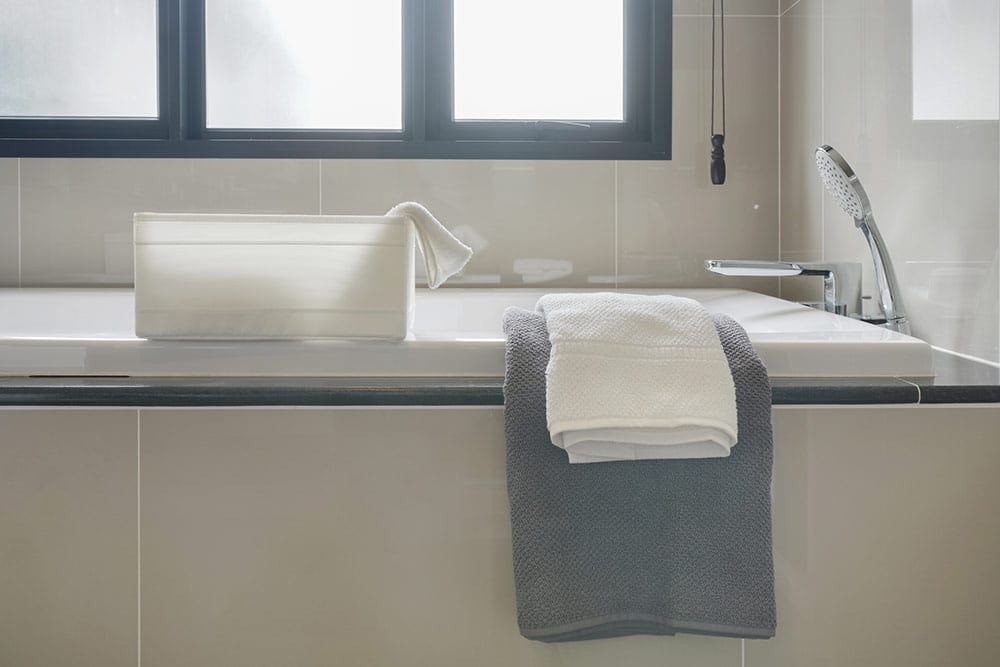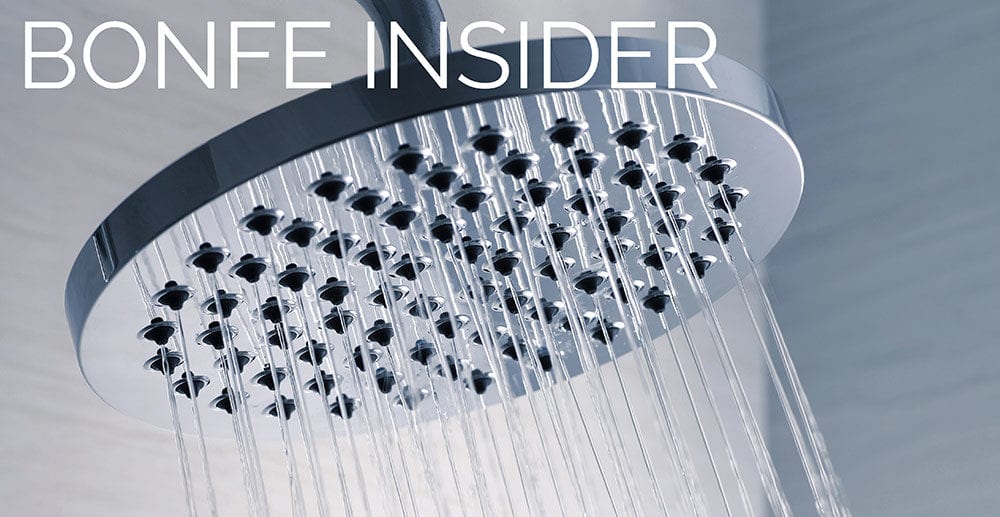
November, 2019
You’re in hot water…
…and it feels fantastic.
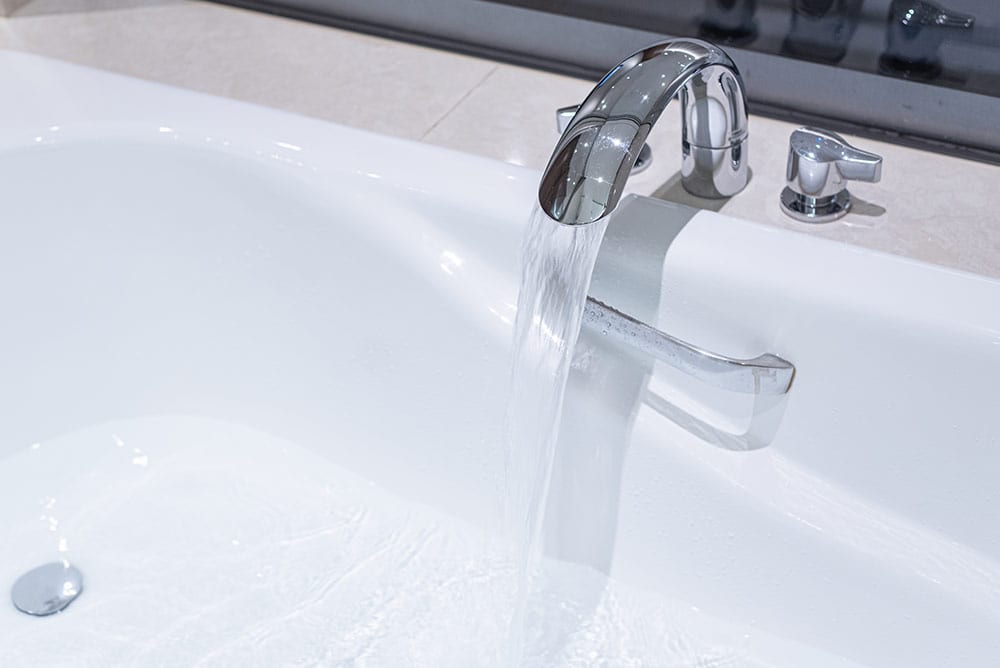
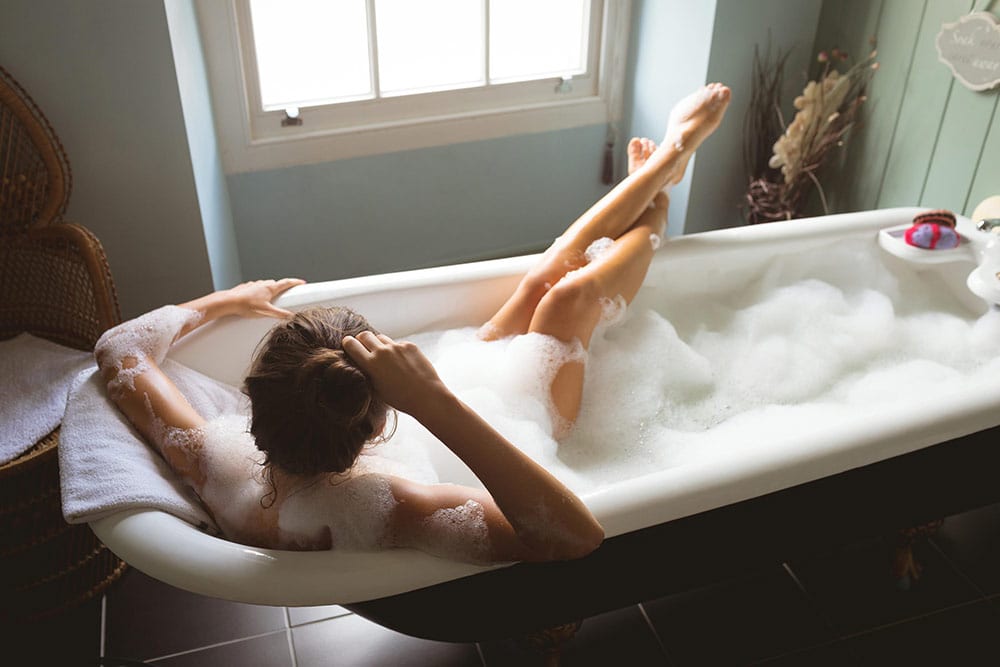
Is there anything better than a steaming hot shower on a cold morning? Or a relaxing bubble bath while the snow falls outside?
In Minnesota, hot water is more than just a source of comfort and relaxation.
Hot water also keeps our pipes from freezing and bursting during our deep cold winters.
We. Love. Hot. Water.
And we know you count on it. But how much do you know about your hot water system?
Conventional Storage Tank Water Heater
“Who used all the hot water?!” This cry has been around for a long time. It can be heard every morning in large families, households with shower hogs, or during holidays when guests are staying with you. Chances are, this cry comes from homes with conventional storage tank water heaters. The conventional storage tank water heater is by far the most common hot water system in single family homes. The water in the storage tank is heated by natural gas or electricity, and the heavily insulated tank holds the hot water until it is needed.
The size of the tank determines how much hot water is available. If demand is high, you can run out of hot water – and be left in the cold until the tank can heat the next load of water. On the plus side, conventional water heaters are relatively inexpensive to purchase and operate and are available in many sizes to suit your needs.
What size water heater tank do you need?
Most households of two or three people should opt for at least a 40-gallon tank and may want to go for 50 gallons. If you have four people (or three with higher demand), you’ll likely need a tank that holds 50-60 gallons. If you have more than four people or lots of demand (teenagers!), you should consider a tank that holds 60-80 gallons.
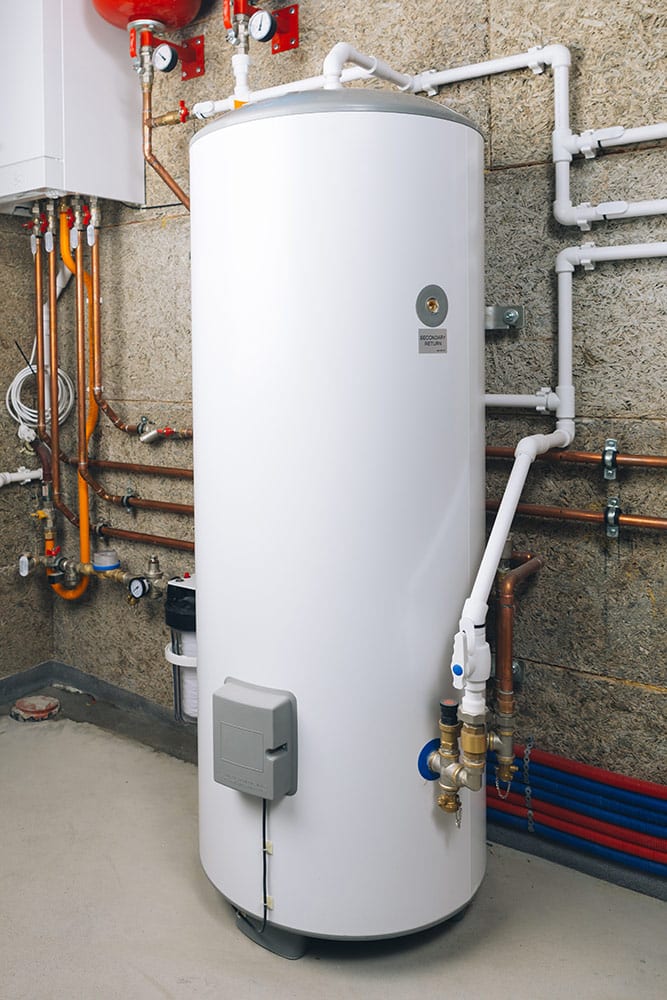
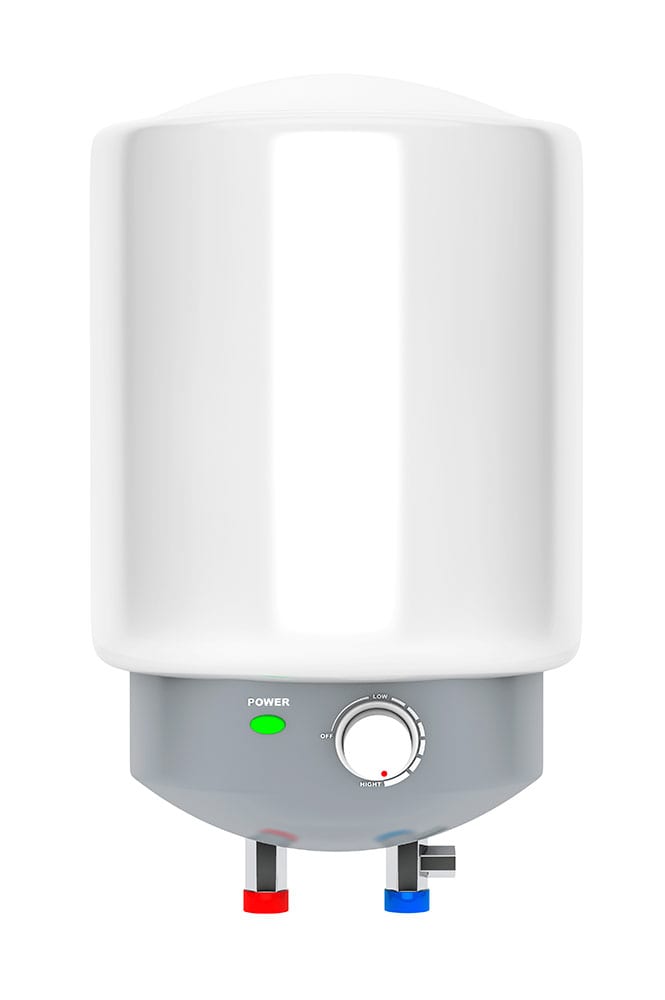
Tankless/On-Demand Water Heater
Rather than storing water in a tank until it’s needed, a tankless water heater heats water on demand. It heats the water very quickly, typically using coils heated by either natural gas or electricity. The benefit of this “on demand” approach of heating water as it’s needed is that hot water is always available.
The catch: Tankless water heaters typically cost more up-front than conventional tank heaters because of the more complex technology. And while tankless water heaters can be an energy-efficient choice if you use natural gas, you may see a substantial uptick in your monthly bill if your tankless water heater is electric.
Regardless of the hot water system you choose, make sure it is professionally installed. It’s also important to have your system inspected annually. In conventional water heaters, sediment builds up at the bottom. Over time, this can impact efficiency. In addition, the fresh air intake and flue gas output should be checked for safety. Tankless water heaters need to be flushed once a year to prevent sediment build up inside the water tubes.
Stay warm, safe and comfortable this winter.
Hot fact 1: The ancient Romans were ahead of their time, building aqueducts to supply public baths that were an important part of the culture. But the Roman penchant for bathing didn’t catch on everywhere. For several hundred years leading up to the end of the 18th century, it was common in many places to only “spot wash” the parts of your body that people could see in public, such as your face and hands. Yikes!
Hot fact 2: In the early 1900’s, a once-weekly bath on Saturday started to become the norm among day laborers. Since most laborers worked half-days on Saturday, they had time in the afternoon to do the considerable work of hauling and heating water for a bath. Parents bathed first, then children bathed in order from oldest to youngest. It wasn’t until indoor plumbing became more commonplace that the idea of a daily bath became feasible and popular.
Hot fact 3: The hot shower as we know it was invented in 1767 in England by William Feetham. But it wasn’t until the 1950’s that his invention become commonplace in private residences. Talk about delayed gratification!
